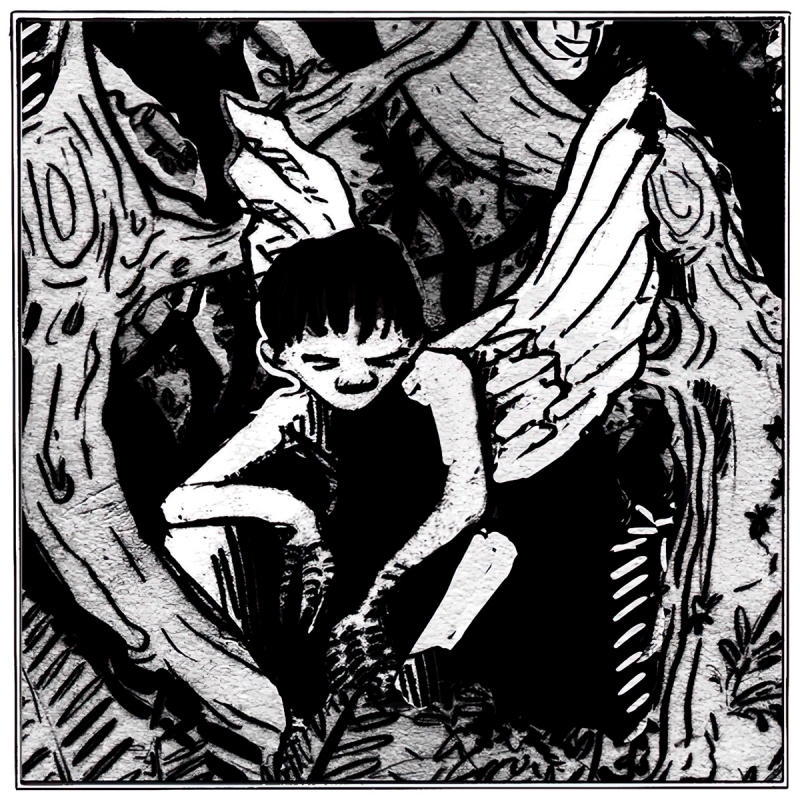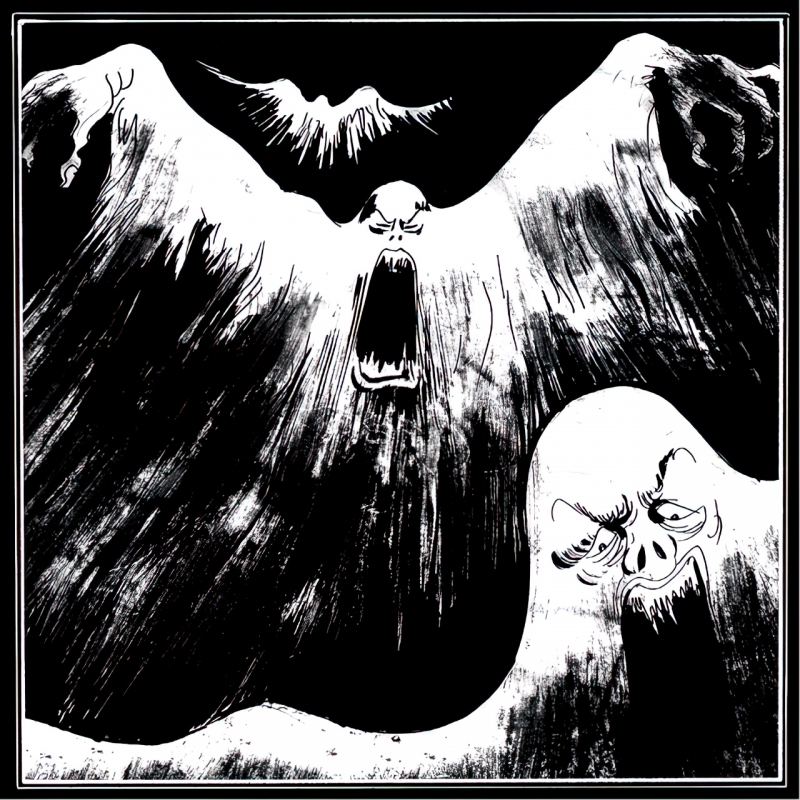Эх, Странник, Странник...
Bestiary.us
энциклопедия вымышленных существБыстрый переход
- Мифы Ктулху «Мифами Ктулху» обычно называют мифологию, созданную Говардом Филлипсом Лавкрафтом, а также произведения других авторов по мотивам его работ, выдержанные в его особом стиле.
- Белорусский бестиарий | Беларускі бестыярый | Belarusian Bestiary Мифические существа, духи и демоны белорусского фольклора.
- Бестиарий Сапковского Бестиарий книг Анджея Сапковского о ведьмаке, волшебные существа и расы мира Геральта.

